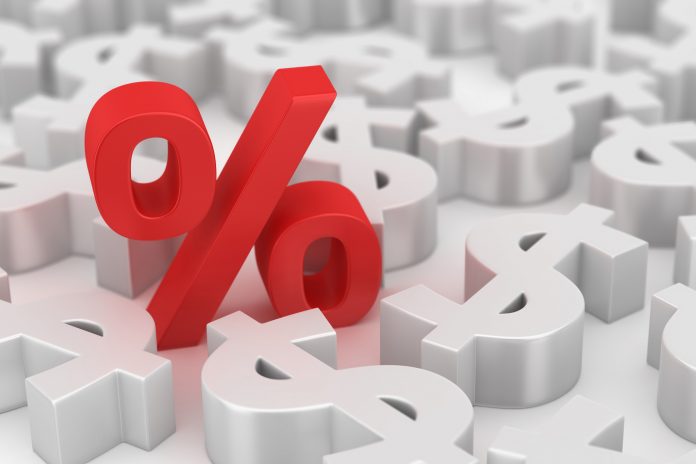After feuding with the Fed for weeks, President Donald Trump finally scaled back his criticism amid an equity meltdown – one that arguably hastened the coming of a bear market.
Many analysts have taken POTUS to task over his airing of grievances in the past, but in the end, it was the hawkish Fed that doomed a holiday bull run. The market surged yesterday after Trump declared a ceasefire with Chairman Powell, but it might not be enough to save us from a full-fledged downtrend in the coming months.
With trade war tensions still ready to boil over, Trump’s decision to halt the hostility between the White House and the Fed lifted some pressure off investors, if only temporarily. In the weeks prior, the President repeatedly tweeted (and spoke publicly) about potentially firing Powell, starting an accelerated sell-off – likely due to the uncertainty that would accompany a vacant Fed chairman seat.
And even though there are certainly differences in opinion on how far the Fed should go regarding interest rates, yesterday’s spike made one thing abundantly clear:
Wall Street wants to see what the Fed can do when it’s unobstructed by the Oval Office.
“The president has voiced policy differences with Jay Powell, but Jay Powell’s job is 100% safe. The president has no intention of firing Jay Powell,” said Trump economic advisor Kevin Hassett in an interview with the Wall Street Journal.
The change in attitude from Washington calmed the markets down, preventing the Dow Jones Industrial Average from logging its biggest loss since 1931’s Great Recession. Instead, the Dow enjoyed its biggest day ever, rising 1,086 points in just one trading session.
And even though Trump has taken his foot off the gas, he still believes that the Fed is raising rates too fast.
His reasoning?
The American economy is doing so well that the Fed just can’t help itself.
He’s absolutely correct about the strength of the U.S. economic landscape, and the fact that the Fed typically raises rates when “the going is good”, simply because explosive growth can endure it.
In a normal economy that hadn’t recently experienced significant manipulation by a central bank, this would be the textbook maneuver.
But growth is slowing in America, and based on recent indicators from several different industries, it looks like a recession could be on the horizon. Equities grew fat on nearly a decade of quantitative easing (QE), and while it’s true that the Fed needs to eventually unwind QE via rate increases, the fact remains that our current market is arguably a house of cards, propped up on rock-bottom interest rates courtesy of former Fed chairs Bernanke and Yellen.
The raising of rates increases the cost of corporate debt, devaluing equities across the board by slimming margins and inhibiting growth.
In this case, Trump is right to be concerned about the Fed’s insistence on raising rates at the current pace. Chairman Powell seems convinced that the U.S. economy will be strong enough in 2019 to handle continued rate hikes, even though market volatility is high, and stocks are sagging. It appears that the Fed is ignoring the warning signs, leading the President (and scores of investors) to believe that a bear market is inevitable, if not already upon us, along with a recession that could hurt his approval rating heading into 2020.








